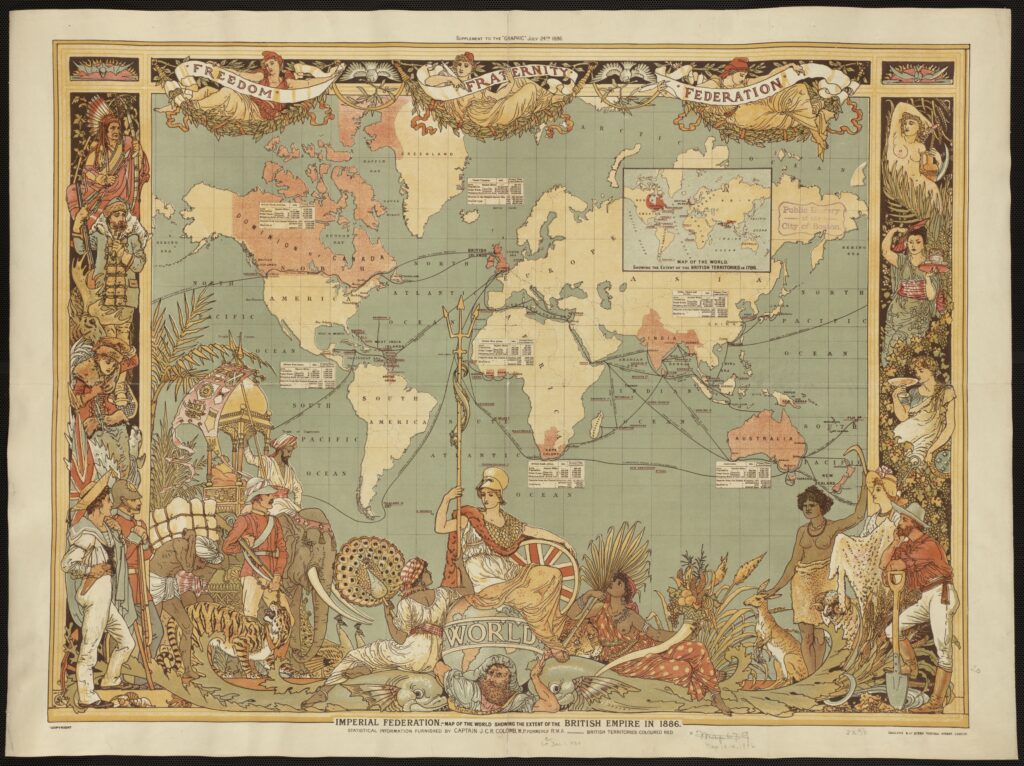Introduction
The concept of a people federation involves the coming together of diverse groups, regions, or nations to form a unified entity. This unity can be driven by various factors, including political, economic, social, and cultural motivations. Federations aim to balance the autonomy of individual members with the benefits of collective strength. This article provides a comprehensive study of people federations, examining their formation, structure, benefits, challenges, and case studies from around the world.
Historical Context of Federations
Early Federations

The idea of federations is not new; it dates back to ancient times. The Greek city-states, the Iroquois Confederacy, and the Holy Roman Empire are early examples of federative systems where different entities came together for mutual benefit while retaining some degree of autonomy.
Further Reading:
Modern Federations
In modern times, federations have evolved to address complex socio-political and economic challenges. The formation of the United States in 1789 is one of the most notable examples of a modern federation, where thirteen colonies united under a federal government while maintaining state-level governance.
Further Reading:
The Structure of Federations
Federal Government and State Autonomy

A federation typically features a central federal government that handles national issues such as defense, foreign policy, and trade, while member states or regions retain control over local matters like education, healthcare, and infrastructure. This balance of power is designed to ensure that local needs are met while benefiting from the collective strength of the federation.
Further Reading:
Legal Framework and Constitution
The legal framework of a federation is often codified in a constitution, which outlines the distribution of powers, responsibilities, and the relationship between the federal and state governments. This constitution is crucial for maintaining order and resolving disputes within the federation.
Further Reading:
Benefits of Federations
Political Stability
Federations can promote political stability by accommodating diverse groups within a unified political system. This inclusivity can reduce the likelihood of conflicts and promote national unity.
Further Reading:
Economic Strength
By pooling resources and markets, federations can create stronger economies. This collective economic power can enhance global competitiveness and attract investment.
Further Reading:
Cultural Diversity
Federations allow for the preservation of cultural identities while fostering a sense of belonging to a larger national entity. This cultural diversity can enrich the federation and promote a more inclusive society.
Further Reading:
Challenges of Federations
Balancing Autonomy and Unity

One of the primary challenges of a federation is balancing the autonomy of member states with the unity of the federation. Conflicts can arise when states feel that their autonomy is being undermined by federal policies.
Further Reading:
Economic Disparities
Economic disparities between member states can pose significant challenges. Wealthier states may resist redistributive policies aimed at supporting less affluent regions, leading to tensions within the federation.
Further Reading:
Political Disputes
Political disputes between the federal and state governments can hinder effective governance. These disputes often arise over jurisdictional issues, funding, and policy implementation.
Further Reading:
Case Studies of Successful Federations
The United States
The United States is one of the most well-known federations, with a long history of balancing state and federal powers. The U.S. Constitution, federal system, and democratic institutions have played crucial roles in its stability and prosperity.
Further Reading:
Germany
Germany is another successful example of a federation, consisting of 16 states (Länder). The German federal system ensures regional autonomy while maintaining a strong national government, contributing to its economic and political stability.
Further Reading:
Switzerland
Switzerland’s federal structure is unique, with 26 cantons that have significant autonomy. This system has helped maintain Switzerland’s cultural diversity and political stability.
Further Reading:
Emerging Federations
European Union
The European Union (EU) represents an emerging form of federation, where member states collaborate on economic, political, and social policies while retaining their sovereignty. The EU’s evolution continues to shape its federative structure.
Further Reading:
India
India is a federal republic with a complex structure that balances central and state powers. India’s federal system accommodates its vast diversity, contributing to its democratic governance and development.
Further Reading:
The Future of Federations
Trends and Developments
The future of federations will likely be influenced by trends such as globalization, technological advancements, and changing political dynamics. These factors can shape how federations evolve and adapt to new challenges.
Further Reading:
The Role of Technology
Technology can play a significant role in enhancing governance within federations. E-governance, digital infrastructure, and data analytics can improve efficiency, transparency, and citizen engagement.
Further Reading:
Addressing Challenges
To thrive, federations must address challenges such as economic disparities, political disputes, and social inequalities. Effective policies, inclusive governance, and robust institutions are essential for overcoming these challenges.
Further Reading:
Conclusion
People federations represent a powerful model for uniting diverse groups while preserving autonomy. By balancing central and regional powers, federations can achieve political stability, economic
strength, and cultural diversity. The success of federations depends on effective governance, robust institutions, and the ability to adapt to changing circumstances. As the world evolves, the principles of federalism will continue to offer valuable insights for building cohesive and resilient societies.
Related Posts
- The Role of Federalism in Modern Governance
- Economic Benefits of Federative Systems
- Cultural Diversity in Federal States
- Technological Advancements in Federal Governance
This comprehensive study of people federations underscores the importance of balancing autonomy with collective strength, addressing challenges through effective policies, and leveraging technology to enhance governance.